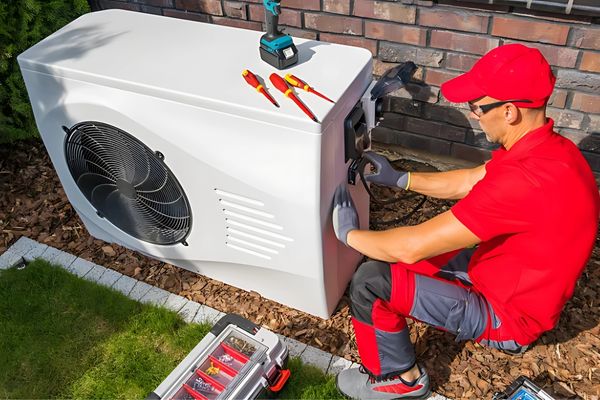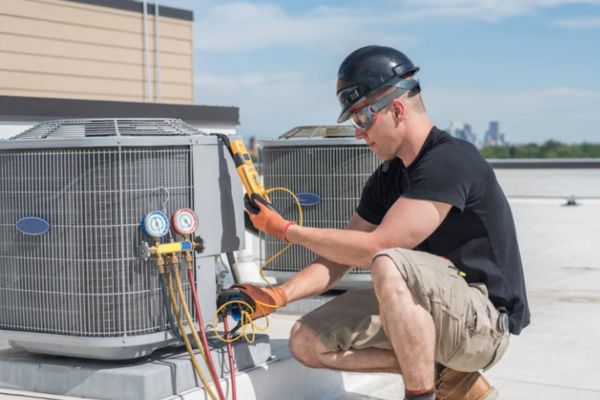
You’ll encounter two main types of warranties when installing a new air conditioner: manufacturer warranties and installer warranties. Together, these warranties ensure that the system and the installation are covered. Here’s a closer look at each type.
- Manufacturer Warranty:
The manufacturer warranty covers the components of your AC system, protecting you if any major parts are defective or malfunctioning. However, this coverage often only applies to larger components like compressors or evaporators. Registering the system with the manufacturer is essential to activate this warranty. Regular maintenance, such as replacing fan belts and lubrication, is also necessary to keep it valid. Installation by a qualified contractor is typically required to avoid voiding this warranty. - Installer Warranty:
The installer warranty is provided by the contractor who installs the system. It guarantees that the installation is done correctly and protects you from poor artistry that could affect system performance. Some contractors offer extended support even after the manufacturer warranty ends, helping you resolve installation-related issues.
Elements of an Air Conditioning Warranty
Warranties come with various terms and conditions that cover different aspects of your HVAC system. Understanding these elements will help you navigate what’s covered and what’s not. Here are a couple of essential parts to watch for.
- Part Warranties:
Your AC system may have different warranties for individual components. For instance, the compressor might be covered for ten years, while the heat exchanger could be covered for twenty. Ensure you read the documentation carefully to know what’s protected. - Planned Maintenance Agreement:
Many warranties include a clause requiring regular maintenance by a licensed contractor to remain in effect. This agreement ensures your system is maintained correctly and helps avoid future breakdowns. Failing to schedule these check-ups could void your warranty.
Warranties aren’t bulletproof. It can be voided if certain conditions aren’t met. To avoid losing coverage, stick to the maintenance schedule and hire a qualified contractor for repairs or routine service. Common pitfalls include neglecting maintenance and trying DIY fixes or using uncertified technicians. Always refer to your warranty documentation to avoid any unintentional mistakes.
If you want extra protection after the standard warranty expires, consider purchasing an extended warranty. These warranties can add 5-12 years to your parts or labor coverage, providing added security in case something goes wrong. Extended warranties are often available from both the manufacturer and the installer, so explore your options when buying a new system.

Evaluating Air Conditioner Warranties
All warranties are not created equal, so it is necessary to thoroughly assess them before making a final decision. Consider the warranty’s length, the components covered, and whether labor fees are included. Asking the right questions will ensure you get the most out of your investment.
- How long is the warranty valid?
Warranty lengths vary, so pick one that matches your long-term needs. The more coverage, the more peace of mind you’ll have. - What components does the warranty cover?
Ensure you know what parts of the system are included in the warranty. Some warranties only cover major components, leaving smaller yet crucial parts uncovered. - Does the warranty cover labor?
Some warranties don’t include the labor costs for repairs, which can become expensive. It’s essential to clarify this with both the manufacturer and your installer. Sometimes, labor warranties are separate and may involve extra fees.
Conclusion
Warranties are vital for protecting your HVAC investment, but fully understanding them will help you prevent surprises. Continuously read the tiny print, follow maintenance plans, and make sure the installation and parts of your system are protected. You can enjoy years of comfort with minimal worries by asking the right questions and working with qualified contractors.


